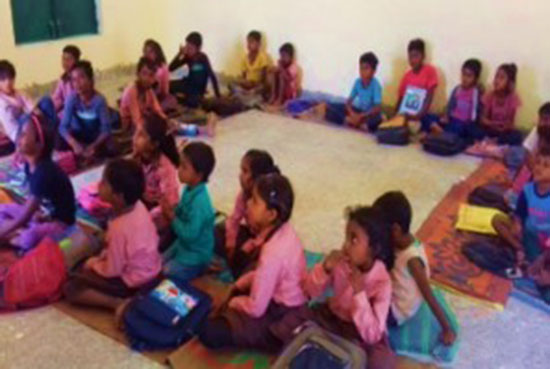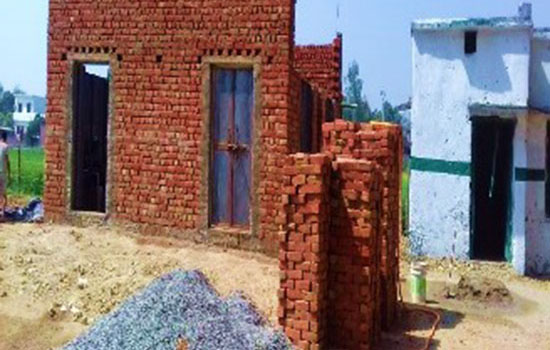Stories from the Field
Positive Steps for Improving School Environment

Despite multiple appeals from the head teacher, Akhilesh, no action was taken by authorities, and the inactive School Management Committee (SMC) struggled to address the issue.
AAK’s Intervention and Impact
AAK took a proactive approach by training SMC members on their responsibilities and empowering them to advocate for change. The organization facilitated monthly meetings where the urgent need for proper classrooms and a boundary wall was discussed. Parents voiced concerns that their children had to leave the school premises for lunch due to the absence of a protective enclosure, further disrupting the learning process.
Equipped with knowledge and support, SMC members submitted a formal request to the Block Education Officer (BEO). Their persistence paid off—within three months, construction of additional classrooms began, creating a safe and structured environment for students. Today, these new classrooms are fully functional, and the boundary wall is nearing completion, set to be finished by June 2023.
Scaling the Initiative
AAK’s intervention in Pratapgarh spans 30 schools, with outreach extending to 135 schools across the region. Through capacity-building programs, SMCs are being trained to develop School Development Plans (SDPs), monitor education standards, and ensure the inclusion of marginalized children in formal schooling.
With continued efforts, AAK is paving the way for lasting educational reforms, fostering an environment where every child can learn fearlessly and fulfill their potential.
Education is a powerful tool in the fight against inequality. However, for children from weaker and marginalized communities, accessing quality education remains an uphill battle. Schools must comply with the Right to Education (RTE) Act, 2009, which mandates essential infrastructure and a conducive learning environment. Yet, in Uttar Pradesh, only 27 per cent schools meet these standards even after 13 years of implementation. The lack of proper facilities leads to high dropout rates, making education inaccessible for many.
When Arthik Anusandhan Kendra initiated an intervention to assess schools on RTE parameters, the Primary School in Gaukhadi, Pratapgarh, was found in dire need of improvement. Built in 1947, the school had only four classrooms, all in dilapidated condition. Additionally, the absence of a boundary wall created an unsafe learning environment, discouraging children from attending school. Many students, though enrolled, would either skip school or were forced to study outdoors.


